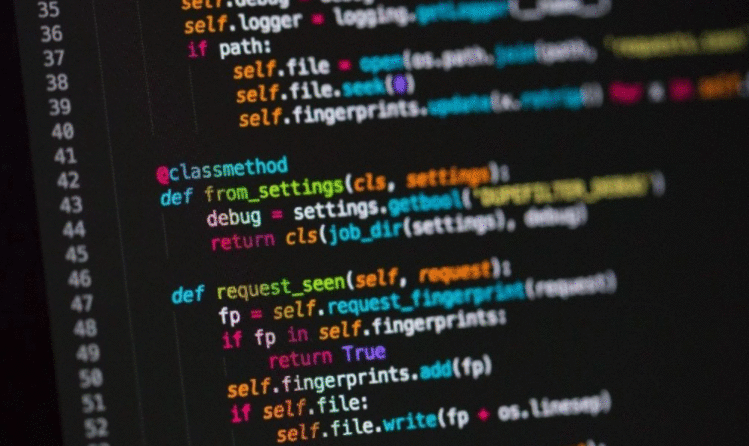在主面板中,我试图通过fluidrow处理这个问题.但是,我的一个绘图是可选的,用户可以显示或不显示.当用户单击该按钮时,第二个图显示在第一个图下方.
fluidRow(
column(2, align="right",
plotOutput(outputId = "plotgraph1", width = "500px",height = "400px"),
plotOutput(outputId = "plotgraph2", width = "500px",height = "400px")
))
我玩"对齐"和"宽度",但没有改变.
使用@Mike Wise示例,您还可以使用splitLayout(cellWidths = c("50%","50%")...并排显示两个图.
ui..R
library(shiny)
shinyUI(fluidPage(
titlePanel("title panel"),
sidebarLayout(position = "left",
sidebarPanel("sidebar panel",
checkboxInput("do2", "Make 2 plots", value = T)
),
mainPanel("main panel",
fluidRow(
splitLayout(cellWidths = c("50%", "50%"), plotOutput("plotgraph1"), plotOutput("plotgraph2"))
)
)
)
)
)
server.R
shinyServer(function(input, output)
{
set.seed(1234)
pt1 <- qplot(rnorm(500),fill=I("red"),binplotgraph1")
pt2 <- reactive({
input$do2
if (input$do2){
return(qplot(rnorm(500),fill=I("blue"),binplotgraph2"))
} else {
return(NULL)
}
})
output$plotgraph1 = renderPlot({pt1})
output$plotgraph2 = renderPlot({pt2()})
}
)
你也可以玩数字,下图显示c("60%","40%")

编辑:@Mike Wise的新答案确实提供了一些灵活性.但splitLayout也可以使用两个以上的情节.使用cellWidths允许您更改每个单独绘图的大小.并且verticalLayout()还可以用于垂直添加绘图(请参阅注释部分).
library(shiny)
library(ggplot2)
u<- shinyUI(fluidPage(
titlePanel("title panel"),
sidebarLayout(position = "left",
sidebarPanel("sidebar panel",
checkboxInput("do2", "Make 2 plots", value = T)
),
mainPanel("main panel",
fluidRow(
splitLayout(style = "border: 1px solid silver:", cellWidths = c(300,200,100),
plotOutput("plotgraph1"),
plotOutput("plotgraph2"),
plotOutput("plotgraph3")
)
)
)
)
)
)
s <- shinyServer(function(input, output){
set.seed(1234)
pt1 <- qplot(rnorm(500),fill=I("red"),binplotgraph1")
pt3 <- qplot(rnorm(600),fill=I("blue"),binplotgraph3")
pt2 <- reactive({
input$do2
if (input$do2){
return(qplot(rnorm(500),fill=I("blue"),binplotgraph2"))
} else {
return(NULL)
}
})
output$plotgraph1 = renderPlot({pt1})
output$plotgraph2 = renderPlot({pt2()})
output$plotgraph3 = renderPlot({pt3}
)
})
shinyApp(u,s)

所以几年之后,虽然其他答案 - 包括我的 - 仍然有效,但我今天不建议接近它.今天,我将使用摊开来grid.arrange从gridExtra包.
它允许任意数量的绘图,并且可以将它们放置在网格棋盘格中.(我错误地认为splitLayout只有两个人合作).
它有更多的自定义可能性(您可以指定行,列,页眉,页脚,填充等)
它最终更容易使用,即使是两个图,因为在UI中布局很挑剔 - 当屏幕尺寸发生变化时,很难预测Bootstrap会对您的元素做什么.
由于这个问题获得了大量的流量,我认为更多的选择应该在这里.
该cowplot软件包也值得研究,它提供类似的功能,但我对它并不熟悉.
这是一个小小的闪亮程序,展示了:
library(shiny)
library(ggplot2)
library(gridExtra)
u <- shinyUI(fluidPage(
titlePanel("title panel"),
sidebarLayout(position = "left",
sidebarPanel("sidebar panel",
checkboxInput("donum1", "Make #1 plot", value = T),
checkboxInput("donum2", "Make #2 plot", value = F),
checkboxInput("donum3", "Make #3 plot", value = F),
sliderInput("wt1","Weight 1",min=1,max=10,value=1),
sliderInput("wt2","Weight 2",min=1,max=10,value=1),
sliderInput("wt3","Weight 3",min=1,max=10,value=1)
),
mainPanel("main panel",
column(6,plotOutput(outputId="plotgraph", ,))
))))
s <- shinyServer(function(input, output)
{
set.seed(123)
pt1 <- reactive({
if (!input$donum1) return(NULL)
qplot(rnorm(500),fill=I("red"),binplotgraph1")
})
pt2 <- reactive({
if (!input$donum2) return(NULL)
qplot(rnorm(500),fill=I("blue"),binplotgraph2")
})
pt3 <- reactive({
if (!input$donum3) return(NULL)
qplot(rnorm(500),fill=I("green"),binplotgraph3")
})
output$plotgraph = renderPlot({
ptlist <- list(pt1(),pt2(),pt3())
wtlist <- c(input$wt1,input$wt2,input$wt3)
# remove the null plots from ptlist and wtlist
to_delete <- !sapply(ptlist,is.null)
ptlist <- ptlist[to_delete]
wtlist <- wtlist[to_delete]
if (length(ptlist)==0) return(NULL)
grid.arrange(grobs=ptlist,widths=wtlist,ncol=length(ptlist))
})
})
shinyApp(u,s)
产量:

好吧,你没有给我们一个完整的例子,但我认为这就是你想要的:
# ui.R
shinyUI(fluidPage(
titlePanel("title panel"),
sidebarLayout(position = "left",
sidebarPanel("sidebar panel",
checkboxInput("do2", "Make 2 plots", value = T)
),
mainPanel("main panel",
fluidRow(
column(6,plotOutput(outputId="plotgraph1", ,)),
column(6,plotOutput(outputId="plotgraph2", ,))
)
)
)
)
)
# server.r
library(ggplot2)
shinyServer(function(input, output)
{
set.seed(1234)
pt1 <- qplot(rnorm(500),fill=I("red"),binplotgraph1")
pt2 <- reactive({
input$do2
if (input$do2){
return(qplot(rnorm(500),fill=I("blue"),binplotgraph2"))
} else {
return(NULL)
}
})
output$plotgraph1 = renderPlot({pt1})
output$plotgraph2 = renderPlot({pt2()})
}
)
产量


 京公网安备 11010802040832号 | 京ICP备19059560号-6
京公网安备 11010802040832号 | 京ICP备19059560号-6